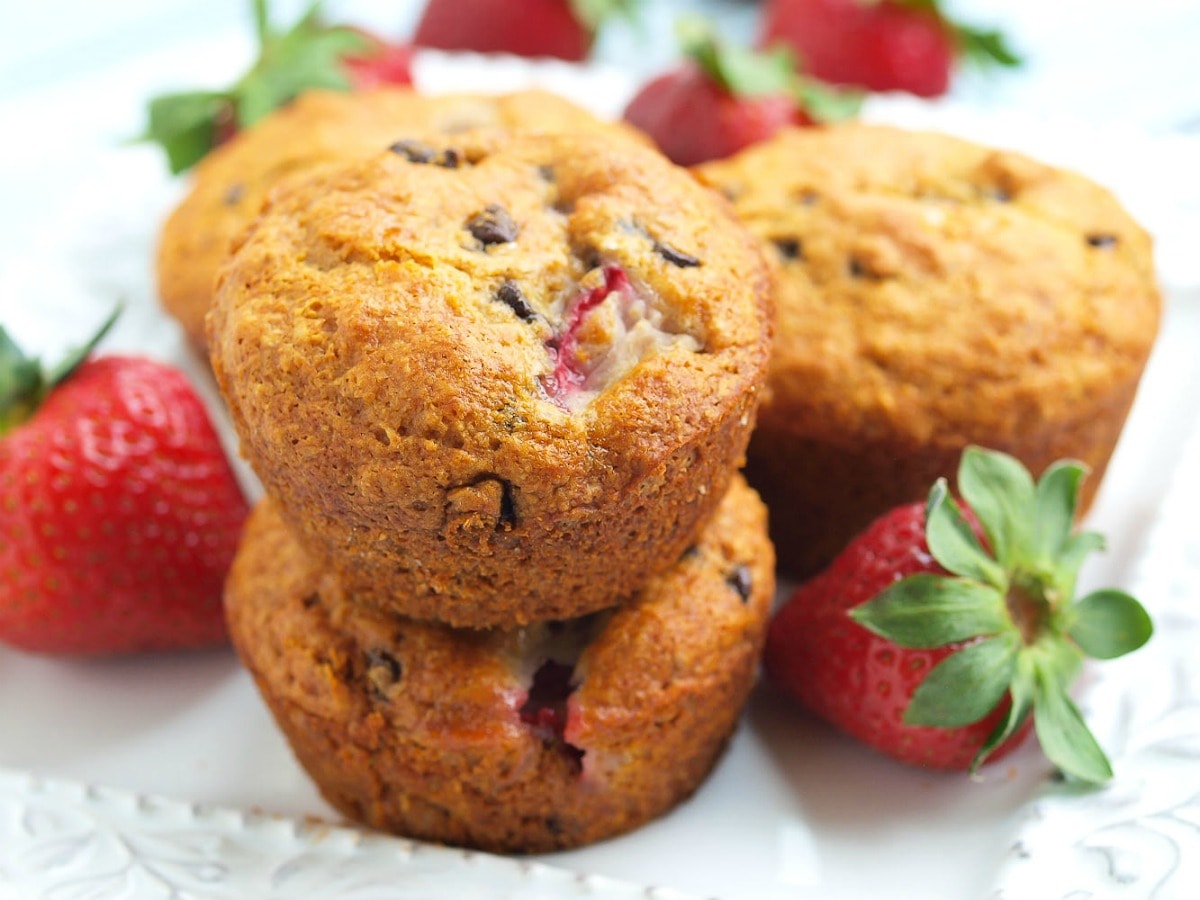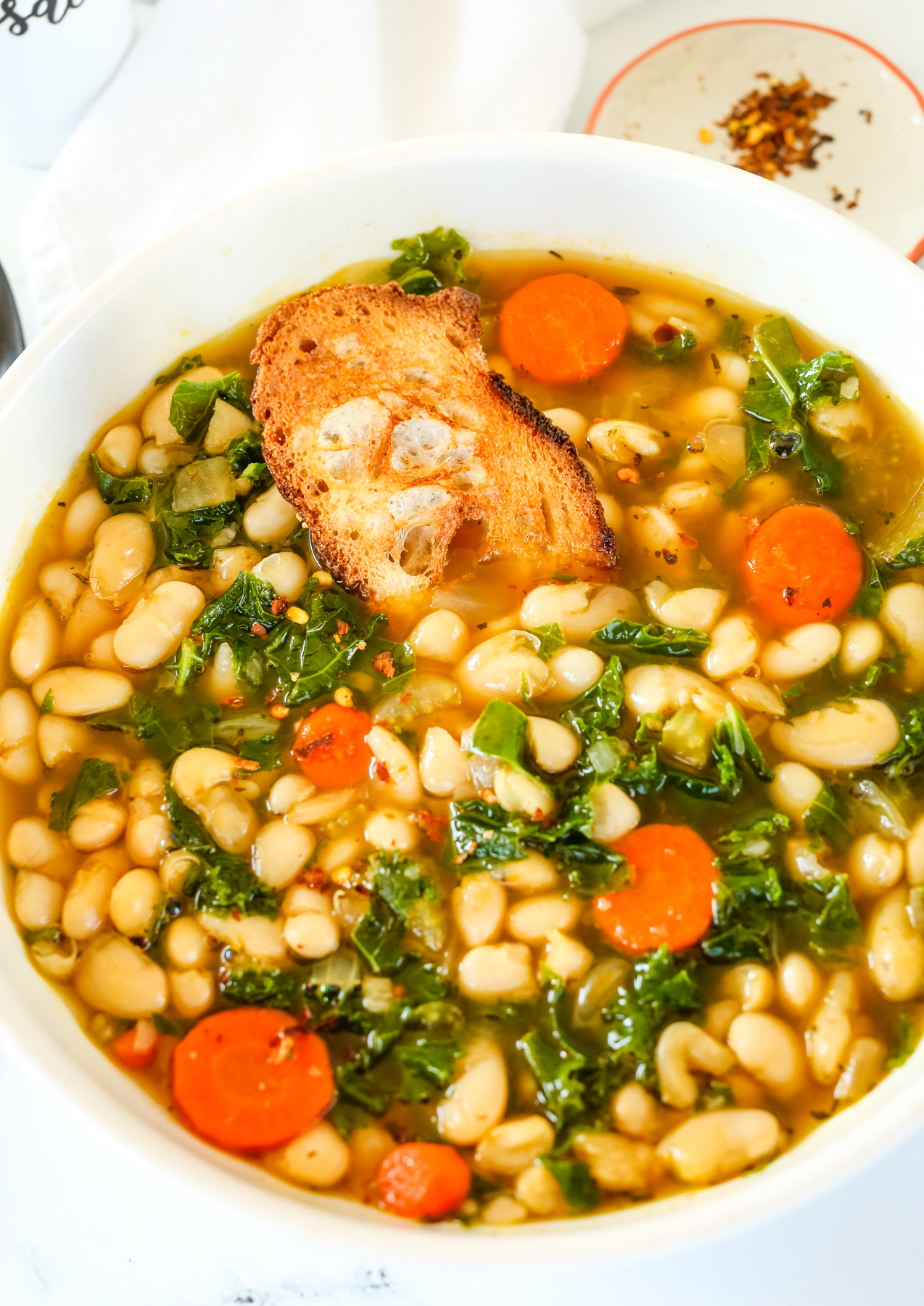If there is a food that you should hold on a pedestal, it is the avocado. This poor fruit has taken a beating and suffers a bad reputation, mostly because of its high fat content. It’s a shame, really. Here’s a news flash: our bodies need fat. Truly. In fact, according to the USDA, the average adults needs 65 grams of fat per day. The reality is we need to get this fat from somewhere, and the best place ain’t french fries, folks.
Avocados are notably higher in fat than most fruits and vegetables. The type of fat in avocados, however, is the healthy variety. The majority of the approximately 27 grams of fat in a medium avocado is monounsaturated. This is the type of fat that can lower bad cholesterol levels when it is eaten in place of the bad fats. Just to be clear, the bad fats come almost exclusively from animal foods. In addition, the fat in avocado can help the absorption of certain nutrients and aid the digestion of carbohydrates.
Another reason avocados are often snubbed is their high caloric content. Compared to other fruits and vegetables, avocados are quite dense with a medium avocado providing approximately 320 calories. Rarely does a person eat a whole avocado in one sitting, however, and with all the nutrition, in my book those are some well-spent calories. Besides, if you are following a primarily plant-based diet, the amount of calories you consume becomes much less relevant.
Now that I have defended the avocado’s supposed vices, I can get to the good stuff. Avocados are a nutritional powerhouse. Ounce per ounce, avocados have more protein, magnesium, potassium, thiamin, riboflavin, niacin, vitamin E, and vitamin K than any other fruit. In all, the magnificent avocado contains 20 different vitamins, minerals, and phytonutrients. This is why the avocado has been coined a “super food”.
Most Americans enjoy avocados in one way: as a dip known as guacamole. I love a good guac as much as the next person, but avocados have so much to offer it is so worth expanding its culinary uses. Avocados can be sliced and put on sandwiches or salads, used to create healthful spreads or dips, or as a star ingredient in a delicious smoothie. This Avocado Tuna Salad is a fabulous lunch! One of my daughter’s first foods around 6 months of age was mashed avocado, and as a toddler she enjoys plain avocado chunks as one of her staple foods. Don’t be afraid to get your children eating avocados at a young age.
My favorite sandwich in the whole world is one that includes avocado. I found the recipe for this sandwich years ago in a book called Food for Life. It includes 1/2 an avocado, a few slices of a tomato, 3-4 slices of cucumber, a little romaine lettuce, and some vegan mayo on toasted whole wheat bread. So good.

Avocado Smoothie
- Total Time: 5 minutes
- Yield: 1 serving 1x
- Diet: Gluten Free
Description
A healthy breakfast smoothie
Ingredients
- 1/2 cup plain yogurt (dairy or non-dairy)
- 1/4 cup milk (dairy or non-dairy)
- 1/2 avocado, cut into cubes
- 1 tablespoon agave nectar
Instructions
- Place all ingredients in a blender and blend until smooth. If you don’t have agave nectar on hand, try honey or pure maple syrup.
- Prep Time: 5 minutes
- Cook Time: 0 minutes
- Category: Drinks
- Cuisine: American
Nutrition
- Serving Size: 1 serving
- Calories: 291
- Sugar: 27g
- Sodium: 191mg
- Fat: 18g
- Carbohydrates: 29g
- Protein: 7g





Vegan mayo is my next “must try” item. I think I’m going for veganaise. Have you tried that one? I read about it in a book called the kind diet.
Yes, veganaise is the kind I use. I usually get the grapeseed oil one. I love it!
good tips!